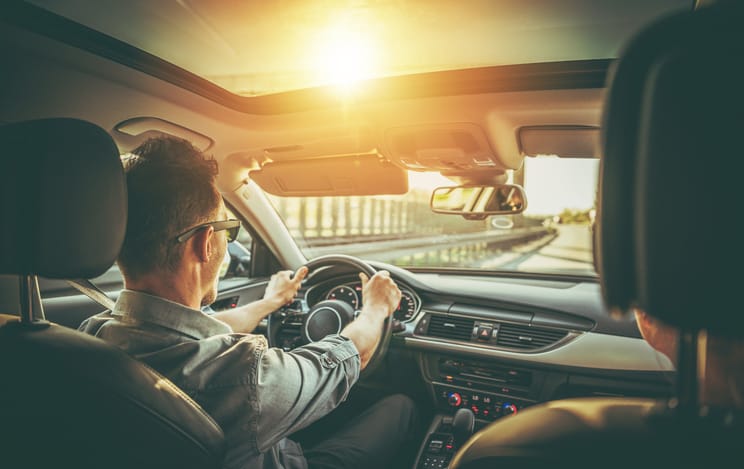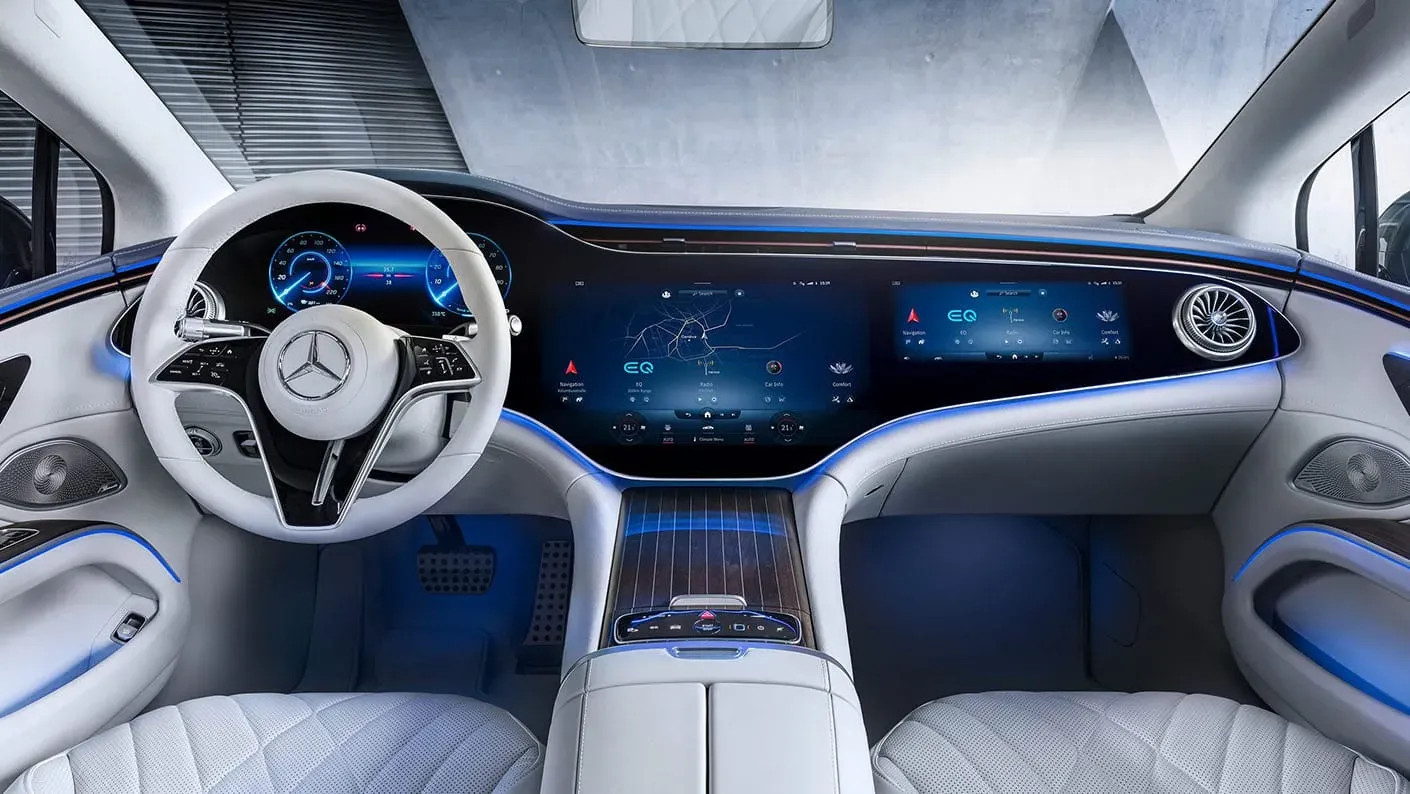The Future of Car Interiors: Focus on Connectivity & Tech Integration

The way we interact with our cars is undergoing a revolution. Gone are the days of simple dashboards with knobs and buttons. The future of car interiors is all about connectivity and seamless tech integration, transforming the driving experience into a personalized, connected extension of our digital lives.
This article explores the exciting trends shaping car interiors, focusing on connectivity and technology integration. We'll delve into cutting-edge features, real-world examples from leading car manufacturers, and the potential impact on the future of driving.
The Rise of Connected Car Technology
The cornerstone of the evolving car interior is connectivity. Cars are increasingly becoming internet-on-wheels, equipped with powerful processors, operating systems, and high-speed data connections. This allows for a constant stream of information and interaction between the car, its passengers, and the outside world.
Here are some of the key features driving connected car technology:
- Cloud-based Services: Integration with cloud services unlocks a vast array of possibilities. Imagine accessing real-time traffic updates, personalized navigation with points of interest, or even remote vehicle diagnostics, all seamlessly integrated into the car's system.
- Voice Assistants: Voice assistants like Alexa or Google Assistant are already making their way into cars, allowing for hands-free control of various functions. Imagine adjusting climate control, changing music, or even making calls without taking your eyes off the road.
- Smartphone Integration: Smartphones will become the ultimate control center for the connected car. Imagine unlocking your car with your phone, pre-conditioning the cabin before entering, or even mirroring your phone's content on the car's infotainment system.
Tech Integration: Transforming the Driving Experience
Connectivity opens the door for a plethora of tech integrations that will redefine the driving experience. These integrations can be broadly categorized into three areas:
- Enhanced Infotainment: Infotainment systems will evolve into immersive entertainment hubs. Large, high-resolution displays will offer passengers a cinema-like experience, while advanced sound systems create a personalized soundscape. Imagine watching movies, playing games, or even video conferencing with colleagues while on the go.
- Advanced Driver-Assistance Systems (ADAS): ADAS features are constantly evolving, making driving safer and more efficient. Features like lane departure warning, automatic emergency braking, and adaptive cruise control will become standard, while more advanced features like semi-autonomous driving capabilities are on the horizon. Imagine a car that can handle highway driving or navigate traffic jams with minimal driver input.
- Personalization and Customization: The future of car interiors is all about personalization. Imagine adjusting the ambient lighting, setting individual climate preferences for each passenger, or even customizing the instrument cluster layout to suit your driving style.
Examples from Leading Car Manufacturers
Several car manufacturers are already at the forefront of this technological revolution, showcasing innovative concepts and integrating them into their production models:
- Mercedes-Benz Hyperscreen: The MBUX Hyperscreen in the new Mercedes-EQ EQS is a prime example. This expansive curved display stretches across the entire dashboard, offering seamless control over infotainment, navigation, and climate control.

- BMW iDrive 8: The latest iteration of BMW's iDrive system features a sleek knob controller combined with a large touchscreen. It boasts a personalized user interface with cloud-based navigation and voice assistant integration.
- Tesla Model S Plaid: Tesla's minimalist interior focuses on a massive center touchscreen that controls virtually all car functions. The "Yoke" steering wheel design is a bold statement, though its practicality is still debated.
The Road Ahead: A Connected and Personalized Future
As technology continues to evolve, so too will car interiors. Here's what we can expect in the future:
- Biometric Integration: Imagine cars that recognize your fingerprint or utilize facial recognition to adjust settings based on your personal preferences.
- Augmented Reality (AR) Head-Up Displays: AR displays will project crucial information like navigation or blind-spot warnings directly onto the windshield, minimizing driver distraction.
- AI-powered Personal Assistants: AI assistants will learn your driving habits and preferences, offering proactive suggestions and optimizing your overall driving experience.
The Impact on the Future of Driving
The rise of connected and tech-integrated car interiors will have a profound impact on the way we drive:
- Increased Safety: Advanced ADAS features have the potential to significantly reduce accidents and fatalities on the road.
- Reduced Stress: Tech features that automate tasks like lane-changing or highway driving can ease the mental strain on drivers, making for a more relaxing experience.
- Enhanced Entertainment and Productivity: Cars will become an extension of our connected lives, offering entertainment options and facilitating remote work while on the move.
The Road to a Seamlessly Connected Future
The future of car interiors is a journey, not a destination. As car manufacturers, technology developers, and policymakers work together, we can create a future where connectivity and technology enhance the driving experience for all. Imagine a world where cars are not just modes of transportation, but personalized, connected spaces that adapt to our needs and preferences, making every journey safe, efficient, and enjoyable.
Looking Beyond Cars: The Future of Mobility
The evolution of car interiors is just one facet of a larger transformation in mobility. Self-driving cars, electric vehicles, and ride-sharing services are all reshaping how we move around. As these technologies converge, we can expect even more innovative and integrated transportation solutions in the years to come.
The future of mobility is about creating a seamless and sustainable transportation ecosystem. Connected car interiors play a vital role in this vision, offering a glimpse into a future where technology empowers us to move freely, safely, and efficiently.
